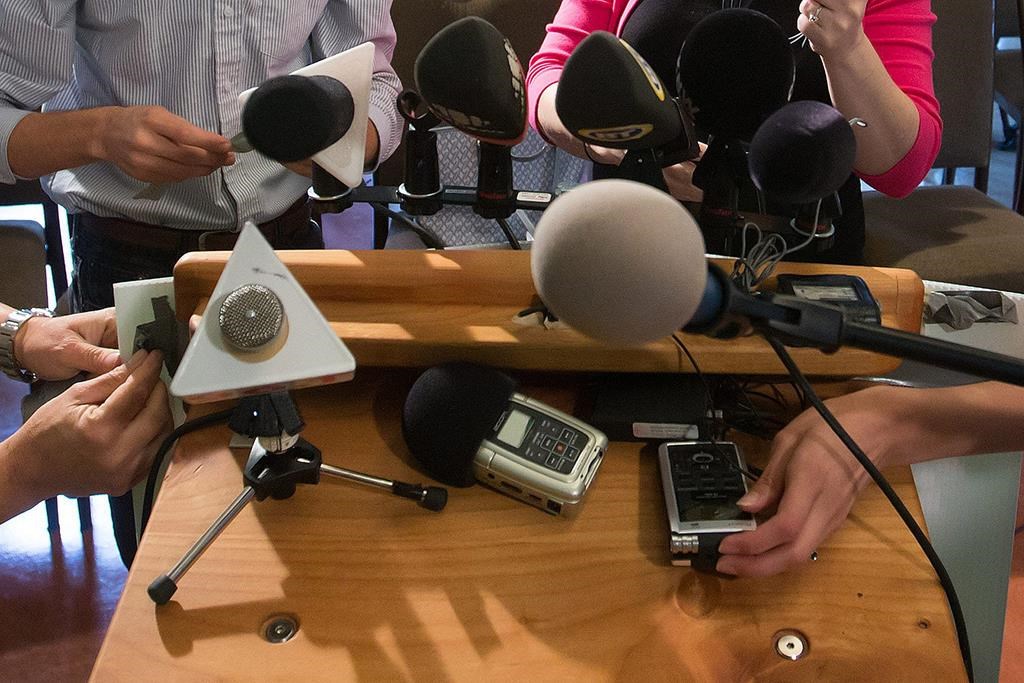-1690222195-1696273286.jpg)
Savings calculator
Antonio Guillem / Shutterstock
Updated: January 30, 2024
Thoughtfully saving your money can propel you toward reaching your financial goals, like building up the required down payment for your dream house, starting a business, or retiring early. Whatever your goals may be, you can use the calculator below to see exactly what it takes to reach them based on your account’s APR, your initial deposit amount, and your time horizon. Or it can tell you how much you’ll accrue over time given your projected savings habits.
Savings Goal Calculator
© Wise Publishing, Inc. | by: Money.ca ™
Calculate monthly savings required to hit a goal
- 1.
Click on Savings Goal.
- 2.
Input your Goal Amount
- 3.
Type in the amount of money you’ve already saved in the Initial Amount box.
- 4.
Adjust the slider by dragging it to the Number of Years in which you’d like to reach your savings goal.
- 5.
Click Calculate to see the amount of money you need to save each month to reach your savings goal in time.
Say you want to buy a home and the down payment is $150,000. You’ve tucked away $25,000 into your savings account so far, with a goal to afford the home’s entire down payment in a maximum of 10 years. Using the interest rate of 3.00% earned by your savings account, our calculator indicates that you’ll need to save $850.12 each month to have your down payment in order to reach that goal.
Adjust the slider to the right to signify your goal can be reached in more years, and you’ll see the monthly savings requirement drop. By playing with the Annual Interest rate you’ll also see the direct value in getting a better rate—it represents a lighter savings burden on your part.
Calculate total savings based on a monthly deposit
- 1.
Click on Monthly Deposit.
- 2.
Type in the amount of money you’ve already saved in the Initial Deposit field.
- 3.
In the Monthly Deposit box, type in the amount you can save each month.
- 4.
Input your savings account’s Annual Interest rate.
- 5.
Click and drag the Number of Years slider for how many years you’ll be making monthly deposits into this account.
- 6.
Click Calculate to see the total amount you’ll contribute during this period in fixed monthly deposits, the interest earned on them, and your combined final savings.
If you want to boost your savings and know that each month you can put away $150 no sweat, then the calculator will show you how much you’ll save plus interest within a certain time. Say you have $15,000 already and will put your $150 into a 4.00% savings instrument. In 10 years, you’d have contributed a total of $33,000 in just regular monthly deposits, and on those deposits an extra $11,449.96 in interest, for a total savings amount of $44, 449.96. Not bad.
This part of the calculator is great at displaying how powerful compounded interest is. Increasing the amount that you put away each month can do wonders over time.
Ways to meet your savings goals
High-interest savings account (HISA)
A high-interest savings account, or HISA, is a familiar financial instrument to many Canadians. The best Canadian HISAs typically offer interest rates around 2.00%, are suitable for long-term or short-term savings goals, and come with the same caveats as any other savings account, including the idea that they are not meant for daily use like a chequing account is.
Tax-free savings account (TFSA)
Unlike with a HISA, a Tax-Free Savings Account is special because you do not have to pay any income tax on the interest earned, or on money invested in other financial instruments held in your TFSA. For some, that will mean the freedom to save at a solid interest rate and to be able to withdraw it without taxes, but TFSAs are best used as a long-term vehicle due to contribution limits. In Canada, there are many great Tax-Free Savings Accounts, with high interest and other perks like fee-free withdrawals and more.
Guaranteed investment certificate (GIC)
A GIC is an investment certificate issued by many banks and other financial institutions and is typically offered alongside HISAs and TFSAs, given that GICs can be held inside other savings accounts intentionally. Instead of being free to save as much or as little as you’d like, a GIC requires you to lock in a certain minimum amount of cash for a specific amount of time to earn what is usually a higher interest rate. Good GIC rates in Canada can exceed 3.00% for terms beyond a few years.
Registered retirement savings plan (RRSP)
A Registered Retirement Savings Plan is a great savings vehicle for those planning for retirement (which we all should be). Money deposited into the RRSP grows with no taxes on interest earned, and, as with a TFSA, other investment instruments can be held in an RRSP for combined savings and investing power. Taxes do however come into play when your money is withdrawn, for which they are taxed at the marginal interest rate, plus a withholding tax. The RRSP is generally considered a crucial savings tool in Canada and it’s recommended that you maximize your RRSP contributions each year.
Registered education savings plan (RESP)
For parents who want to start putting away money for their child’s future education, an RESP offers tax-free benefits similar to an RRSP or TFSA. That means no capital gains on investments inside the RESP or income taxes on interest earned. Its primary feature is the CESG (Canadian Education Savings Grant), where the government will match up to 20% of the sponsor’s contribution annually, to a maximum of $2,500. That’s $500 in free cash towards your child’s education each year, though there is a cap on the total CESG and larger grants are offered for low-income families.
Saving = path to financial success
Canada is lucky in that it has a variety of complementary savings and investment options, with tax-advantaged and high-interest features encouraging those of all income levels to tuck away as much as possible. Regardless of your goal, it’s never too late to start organizing and optimizing your money.
FAQs
Disclaimer
The content provided on Money.ca is information to help users become financially literate. It is neither tax nor legal advice, is not intended to be relied upon as a forecast, research or investment advice, and is not a recommendation, offer or solicitation to buy or sell any securities or to adopt any investment strategy. Tax, investment and all other decisions should be made, as appropriate, only with guidance from a qualified professional. We make no representation or warranty of any kind, either express or implied, with respect to the data provided, the timeliness thereof, the results to be obtained by the use thereof or any other matter.





